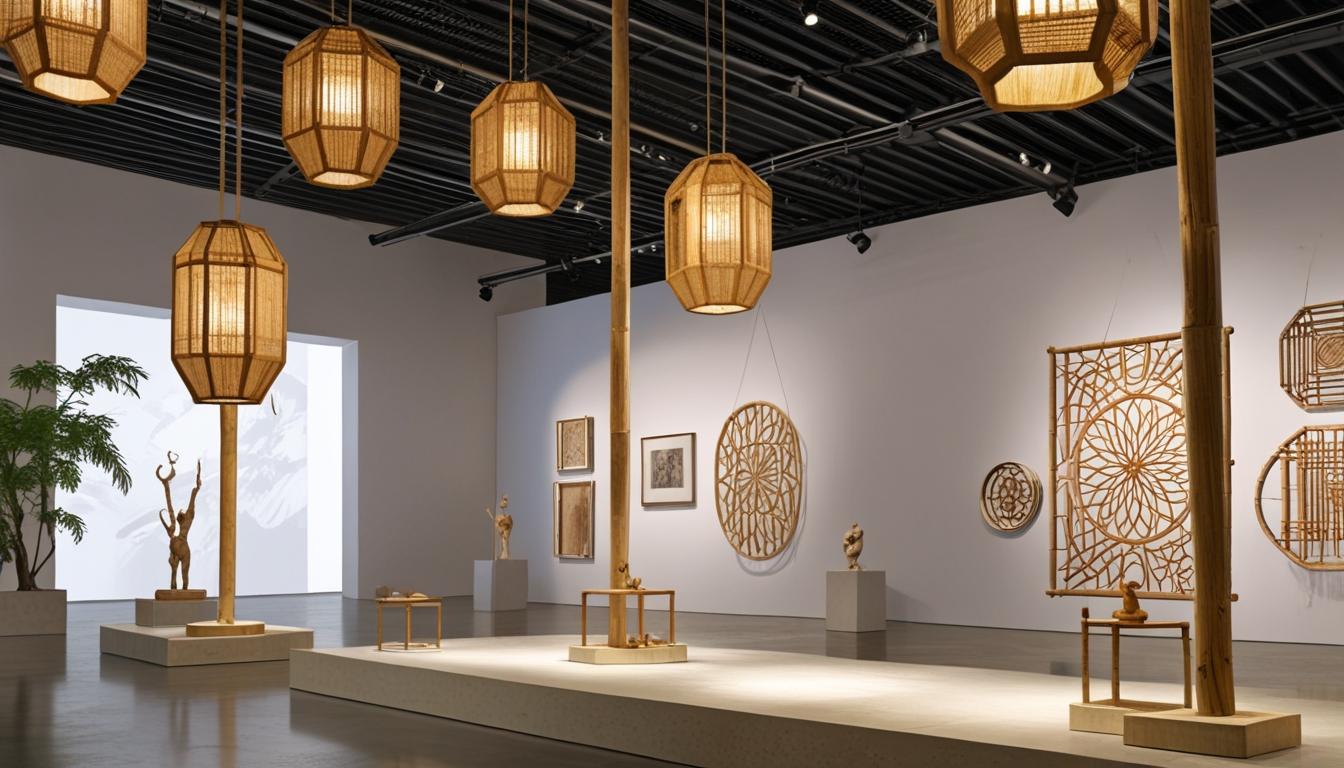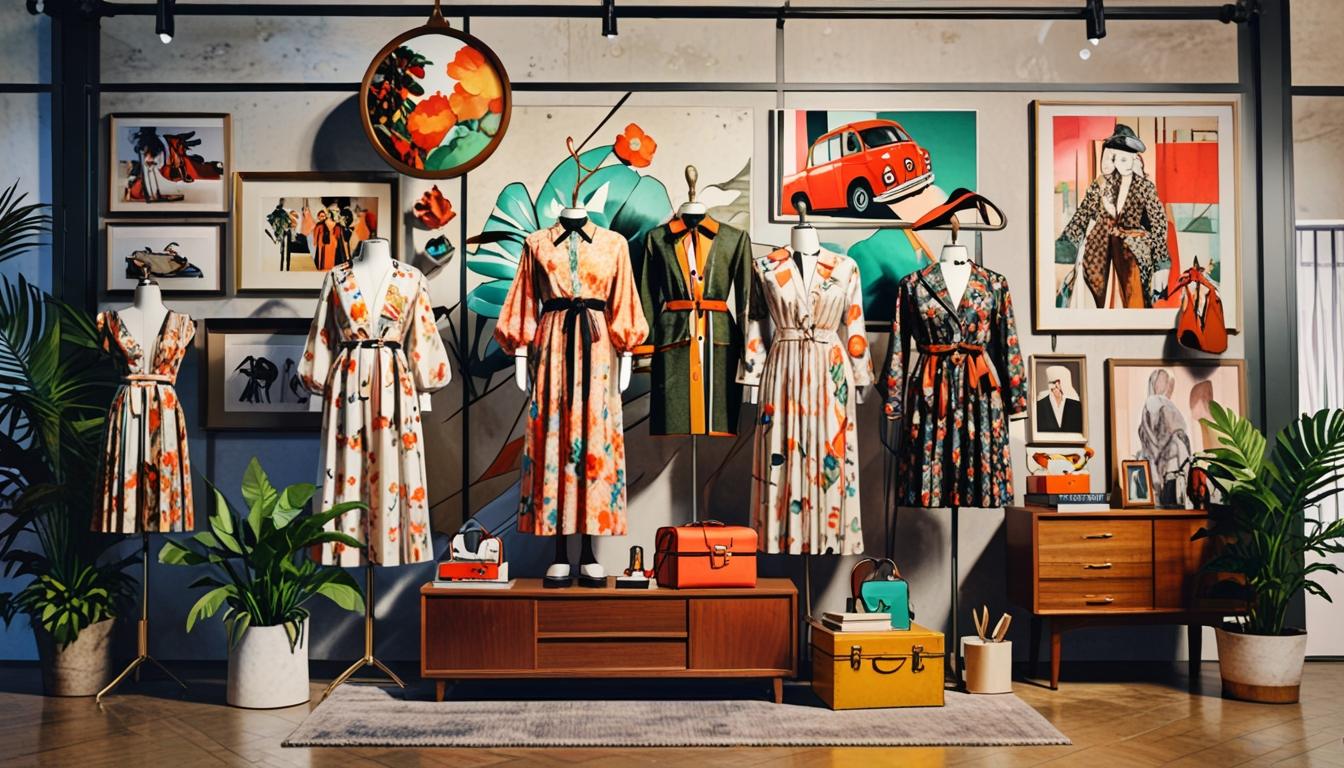The iconic Bamboo 1947 bag from Gucci is the highlight of a new exhibition in Shanghai, showcasing its rich history and cultural significance.
The iconic Bamboo bag from Gucci took center stage at a dedicated exhibition that launched in Shanghai on Friday in the historic Sunke Villa, known for its architectural significance. This exhibition highlights the Bamboo 1947 bag, showcasing its history, design evolution, and cultural importance.
Ippolito Pestellini, the exhibition’s curator and founder of the interdisciplinary agency 2050+, described the event as an “unprecedented opportunity to delve into Gucci’s archives and explore the history of the house through the lens of one of its most iconic creations.” Pestellini elaborated on the exhibition’s narrative, stating, “The resulting exhibition is a collection of stories that intersect past and present, natural elements and artisanship, and a design history that is both everlasting and mutable.”
The exhibition unfolds across seven different rooms over two stories, beginning with a striking suspended bamboo installation that celebrates the plant’s symbolic meanings of resilience and renewal, integral to both Chinese culture and its global significance. Featured in this section are historical botanical illustrations from European explorer James Bruce and Renaissance botanist Wolfgang Meyerpeck, displayed alongside a captivating AI-generated video by Christian Kondi? that honors bamboo’s impact on nature and contemporary art.
In the section titled “Anatomy of a Bag,” the 13-hour process behind the bag’s creation is showcased in a laboratory-style setting. Visitors can engage with an interactive device to examine the intricate craftsmanship involved in the bag’s hardware. The exhibition then transitions into a recreation of Gucci ArtLab in Florence, where experienced artisans demonstrate the assembly and polishing of the Bamboo bag, narrating the process while a film by Davide Rapp highlights their rhythmic techniques.
Continuing with “Bamboo Codex,” visitors encounter a chronological display of the bag’s rich 70-year history across a central table. While the bag’s fundamental design features, such as its structured silhouette and signature bamboo closure, have remained consistent, its exterior has seen varied reimaginings under successive creative directors.
The exhibition further explores the broader influence of bamboo motifs in fashion in the “Thread of Connection” room, where artifacts such as Frida Giannini’s bamboo-striped pencil dress and a Tom Ford-era bamboo watch are displayed alongside a CGI video installation by artist Sybil Montet, transforming Gucci’s silk scarves into a digital experience.
Also highlighted is the brand’s innovative spirit in the “Metamorphosis” room, where multidisciplinary artist Francesco D’Abbraccio presents a continuously evolving bag that morphs from floral handbag to kettle and gaming gadget, yet retains the distinctive bamboo handle.
The final segment, “The Shape of Tomorrow,” reimagines the bamboo handle in an imaginative setting infused with athleticism. The space is designed reminiscent of a David Lynch film, adorned in vibrant Ancora red, featuring bamboo-inspired fitness equipment that suggests a potential future for luxury fitness products.
Additionally, the exhibition includes four dolls crafted by 19-year-old Chinese sculptor Yanran Chen, who combines elements of body horror and surrealism, showcasing her creations as they carry miniature bamboo bags and model contemporary fashion looks.
To mark the occasion, Gucci hosted a gathering in the villa’s picturesque garden, where attendees had the opportunity to shop for exclusive Bamboo bags, accessories, and silk scarves. VIP guests included Chinese actors Ziyi Zhang and Wen Qi, Gucci ambassadors Zhang Linghe and Song Weilong, as well as rising stars like Zhou Yiran and Vanda Margraf. The event also drew notable figures such as socialite Karena Ng and her husband, billionaire heir Brian Sze, alongside Chinese models He Cong and Wang Wenqin.
The exhibition is set to remain open to the public, free of charge, from Tuesday to April 6, with visitors encouraged to reserve slots through WeChat’s Mini Program.
Source: Noah Wire Services




